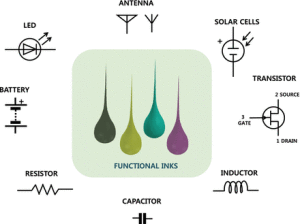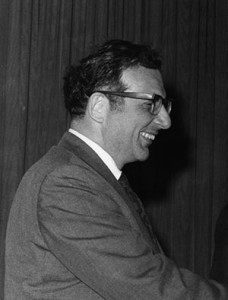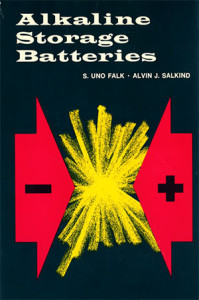
The ECS Toyota Young Investigator Fellowship Selection Committee has selected three recipients who will receive $50,000 each for the inaugural fellowships for projects in green energy technology. The winners are Professor Patrick Cappillino, University of Massachusetts Dartmouth; Professor Yogesh (Yogi) Surendranath, Massachusetts Institute of Technology; and Professor David Go, University of Notre Dame
The Electrochemical Society (ECS), in partnership with the Toyota Research Institute of North America (TRINA), a division of Toyota Motor Engineering & Manufacturing North America, Inc. (TEMA), launched the inaugural ECS Toyota Young Investigator Fellowship about six months ago. More than 100 young professors and scholars pursuing innovative electrochemical research in green energy technology responded to ECS’s request for proposals.
“The science of electrochemistry can help provide solutions for daunting challenges, like the need to transition to a less carbon intensive economy,” says ECS Executive Director Roque Calvo. “ECS was thrilled to partner with Toyota on this program and congratulates our three inaugural fellows.”
The ECS Toyota Young Investigator Fellowship aims to encourage young professors and scholars to pursue research in green energy technology that may promote the development of next-generation vehicles capable of utilizing alternative fuels.





